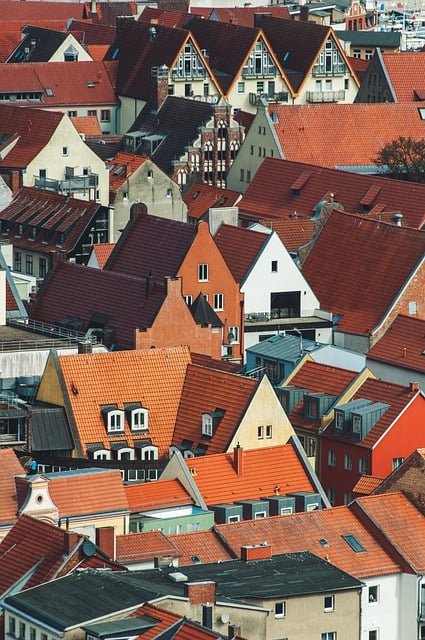Urban Expansion vs. Rural Renewal: Tracking Global Transitions
Global shifts in where people live reflect complex interactions between migration, aging, and economic change. This article examines how urbanization and rural renewal intersect with inclusion, inequality, trust, and resilience to shape communities worldwide.

Cities and countryside are undergoing simultaneous but different kinds of transformation as demographic shifts, economic pressures, and changing preferences redraw settlement patterns. Migration toward metropolitan centres continues in many regions, while rural renewal initiatives and lifestyle moves create pockets of repopulation and innovation. This overview sets out how demographics, inclusion, aging, and connectivity influence social cohesion, polarization, mental health outcomes, and local resilience, and why policy choices matter for equitable transitions.
demographics
Population structures determine a place’s trajectory. Rapid urban growth often stems from a surplus of young adults relocating for education and jobs, whereas many rural areas experience population aging and declining birth rates. These demographic realities influence demand for housing, local services, and labor force composition. Planners who account for age distribution and household types can design interventions that promote inclusion across generations, reduce dependency pressures, and support both urban dynamism and rural viability.
migration
Migration is a key engine of change, encompassing internal moves, international migration, and circular patterns of commuting and seasonal work. Inflow to cities can boost economic productivity but also strain infrastructure and heighten inequality if integration is weak. Conversely, return migration or amenity-driven moves to rural areas can spur renewal but risk cultural friction when newcomers and long-term residents have different expectations. Policies that smooth integration—through affordable housing, inclusive local services, and participatory planning—can reduce polarization and strengthen social cohesion.
urbanization
Urbanization concentrates people, capital, and services, creating opportunities for innovation and shared amenities but also concentrating risks. Uneven access to quality housing, healthcare, and public transport can widen inequality and erode trust in institutions. Well-planned urban growth seeks balanced density, abundant public space, and inclusive economic policies that ensure marginalized groups participate in city life. Incorporating aging populations into urban design—through accessible infrastructure and neighborhood-based care—helps cities remain socially cohesive as they expand.
inequality
Spatial and economic inequality shape both expanding cities and renewing rural places. Within metropolitan regions, disparities appear across neighborhoods in income, education, and access to health and social services. In rural settings, limited employment opportunities and weaker public provision can produce persistent disadvantage. Tackling inequality requires targeted investments, decentralized service delivery, and policies that foster local entrepreneurship. Reducing inequality also helps repair trust between communities and government, which in turn supports social cohesion and political stability.
mental health
Transitions linked to urban expansion or rural renewal affect mental health through multiple pathways. Urban residents may face stress from overcrowding, high living costs, and social isolation despite physical proximity to others, while rural inhabitants can experience limited access to specialized care and feelings of remoteness. Community-level approaches—strengthening social networks, integrating mental health into primary care, and improving connectivity to specialist services—can mitigate risks. Supporting mental wellbeing contributes to broader resilience and inclusion across both urban and rural communities.
connectivity
Connectivity—both transport and digital infrastructure—is crucial to enabling balanced transitions. Reliable local services and public transport broaden access to jobs and education, enabling commutes that link rural renewal to urban economies. High-quality broadband facilitates remote work, telehealth, and online education, reducing geographic disadvantage. Improved connectivity supports civic participation and information flows that can reduce polarization and build trust, while also expanding economic options that reinforce local resilience.
Urban expansion and rural renewal are interdependent phenomena shaped by demographics, migration, and policy choices. Addressing inclusion and inequality while strengthening social cohesion, mental health supports, and connectivity can reduce polarization and foster trust. Resilient communities emerge when planners and policymakers consider the full range of demographic change—including aging populations—and invest in local services and infrastructure that balance urban efficiency with rural quality of life.






